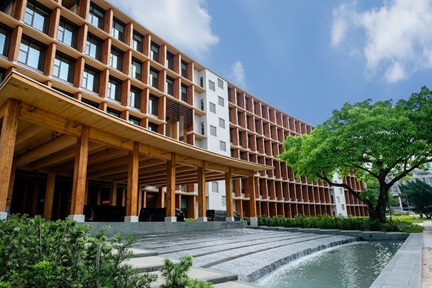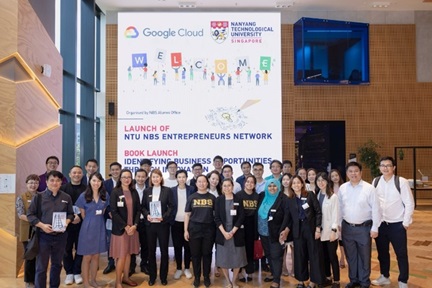Higher freight costs pushing up food prices in Singapore
Despite the price surge, other grocery chains reported near to no change in prices. Assoc Prof Geoffrey Chua said this could be due to bigger companies enjoying in terms of economies of scale
If your hawker takeaways cost 50 cents or a dollar more, it is because higher freight costs and commodity prices are creeping into consumer food prices here. Some food-ingredient suppliers have already noted a doubling in the cost of essential food ingredients such as oil.
The price surge has been significant enough in some cases to push the hawkers into passing on some of the cost to their customers, said Anthony Low, chairman of the Federation of Merchants' Associations hawker division.
"We try to (not increase prices) if we can absorb the cost. But the prices of oil, vegetables (and other items) keep increasing. There's no choice but to raise our prices," he said.
At Boon Lay Place Market and Food Village, where he runs an economy beehoon stall, he too, upped his prices by between 50 cents and S$1 a plate last year to cope with the rising costs of food supplies.
According to the Department of Statistics' consumer price index (CPI), animal and vegetable oils, for example jumped 24.2 per cent year-on-year in April. This was the second largest rise after dairy products and bird's eggs, which went up 33.5 per cent over the same period.
Smaller food-ingredient suppliers have been hit harder than the major grocery chains. Food product distributor FoodXervices, for instance, has reported at least a 100 per cent rise in the price of cooking oil; other commodities such as sugar and salt have gone up relatively less - between 5 and 20 per cent.
Bigger market players, however, have not felt the heat. NTUC FairPrice, for example, said that the prices of food ingredients have remained relatively stable, although it has noticed a 10 per cent rise in cooking oil prices in the last three months.
It attributed the increase to "various factors, including tighter global supplies, higher freight rates and raw material costs".
Other grocery chains The Business Times spoke to reported near to no change in prices.
Associate Professor at NTU's Nanyang Business School Geoffrey Chua said the difference was likely due to the advantage that bigger companies enjoy in terms of economies of scale.
"The bigger players may have a bigger buffer and can afford to stock up. They may have locked in forward contracts ... in which they pay the quantity risk, but get to lock in the price," he said.
Smaller companies do not enjoy these economies of scale, he added.
To keep costs down, some importers have looked into diversifying sources. Others have chosen to absorb the rising costs in the short term.
Tan Lee Deng, owner of sauce manufacturing company Sang Chow Wong Foodstuff, said that although prices have headed north, she does not intend to pass it on to consumers.
"Every time we raise prices, people complain. The price increase for consumers will come later, but for now, we will just absorb it ourselves to keep our customers," she said.
Hua diao jiu (Chinese cooking wine), for example, now costs S$10 more per kilogram than a year ago, she noted.
NTUC FairPrice, in line with its social mission of keeping the retail prices of daily essentials low, said it is looking to diversify its sources "to moderate costs"; it is also working with suppliers "to ensure that supplies and prices of daily essentials remain stable".
The pandemic has thrust food supplies into a supply chain bottleneck, but Prof Chua believes the price hikes will begin to flatten out in the coming months: "We can only speculate, but my sense is it will not really go up too much. It won't be so steep as when the pandemic first hit, as markets and supply chains have had time to react."
Source: The Business Times














/enri-thumbnails/careeropportunities1f0caf1c-a12d-479c-be7c-3c04e085c617.tmb-mega-menu.jpg?Culture=en&sfvrsn=d7261e3b_1)

/cradle-thumbnails/research-capabilities1516d0ba63aa44f0b4ee77a8c05263b2.tmb-mega-menu.jpg?Culture=en&sfvrsn=1bc94f8_1)

7e6fdc03-9018-4d08-9a98-8a21acbc37ba.tmb-mega-menu.jpg?Culture=en&sfvrsn=7deaf618_1)






